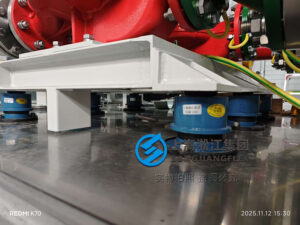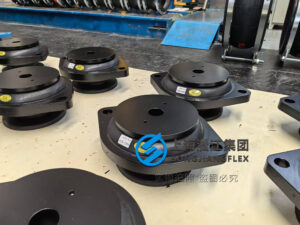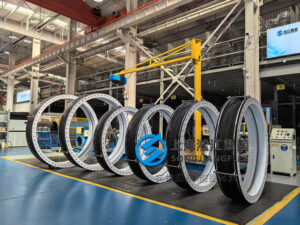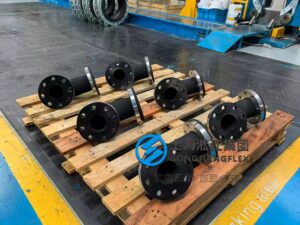In modern office buildings, schools, and hospitals, the widespread use of lightweight building materials makes even minor energy sources cause noticeable vibration issues. To effectively solve this problem, SHAA and SHAB spring vibration hangers were developed. Specifically designed for light point-load applications, they efficiently isolate structure-borne vibration and maintain a quiet, stable indoor environment.
Snippet:
SHAA and SHAB spring vibration hangers combine steel springs with rubber elements, offering excellent vibration isolation, strong stability, and high overload capacity. They are widely used in fan coil units, piping, and duct systems.
Transition:
Let’s take a closer look at their structure, features, application fields, and frequently asked questions.
Product Structure and Features
-
Combination Structure: Free-standing, laterally stable steel springs are combined with molded rubber elements and assembled into a stamped and welded hanger bracket.
-
Surface Treatment: The bracket is zinc-plated for excellent corrosion resistance.
-
Color Coding: Springs are color-coded to simplify load identification, installation, and maintenance.
-
Stability: Lateral stiffness is not less than 1× the rated vertical stiffness, preventing side sway during operation.
-
Overload Capacity: Hanger brackets can withstand up to 500% overload without damage, ensuring maximum safety.
-
Vibration Performance:
-
SHAA: 1″ (25 mm) deflection, load range 17–71 lbs (8–32 kg).
-
SHAB: 0.5″ (13 mm) deflection, load range 15–70 lbs (7–32 kg).
-
-
Additional Advantage: Equipped with a neoprene bottom cap to prevent rod misalignment and isolate high-frequency noises such as fan blade vibrations.
Application Fields
SHAA and SHAB spring vibration hangers are widely applied in:
-
Fan coil units
-
Light-duty fans
-
Piping systems
-
Ductwork systems
These applications often encounter vibration and noise transmission issues. Installing vibration hangers significantly improves comfort and operational stability.
Frequently Asked Questions
1. Why are spring vibration hangers necessary?
Lightweight building structures tend to transmit vibration more easily. Spring vibration hangers effectively reduce structure-borne noise and vibration, creating a quieter environment.
2. What is the difference between SHAA and SHAB?
The main difference lies in deflection and load range. SHAA offers 1″ deflection for 17–71 lbs loads, while SHAB offers 0.5″ deflection for 15–70 lbs loads. Customers can choose based on equipment weight and isolation needs.
3. How safe are spring vibration hangers?
The hanger bracket is designed to withstand up to 500% overload without failure, ensuring reliable and safe operation.
4. What is the purpose of spring color coding?
The color coding allows quick load capacity identification, ensuring correct hanger selection and avoiding installation errors.
5. Do vibration hangers require maintenance?
Minimal maintenance is required. During routine equipment inspections, simply check for bracket corrosion, spring fatigue, or rubber aging to ensure stable performance.
Conclusion
SHAA and SHAB spring vibration hangers, with their optimized structural design and high-quality manufacturing, provide efficient, safe, and durable vibration isolation for lightweight equipment. They reduce vibration and noise while ensuring stability, making them indispensable in modern building systems.





